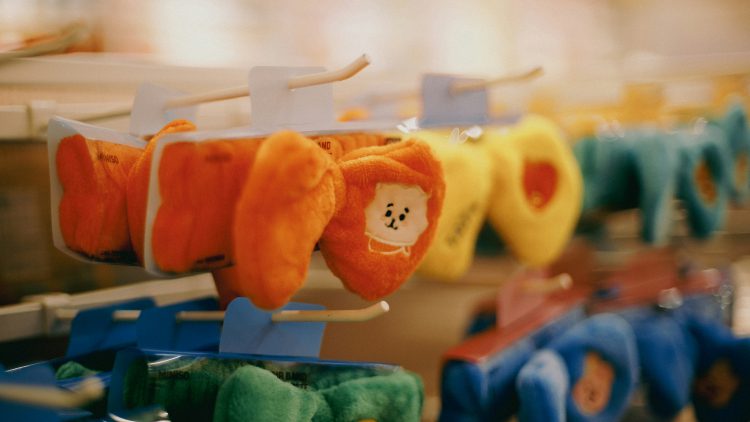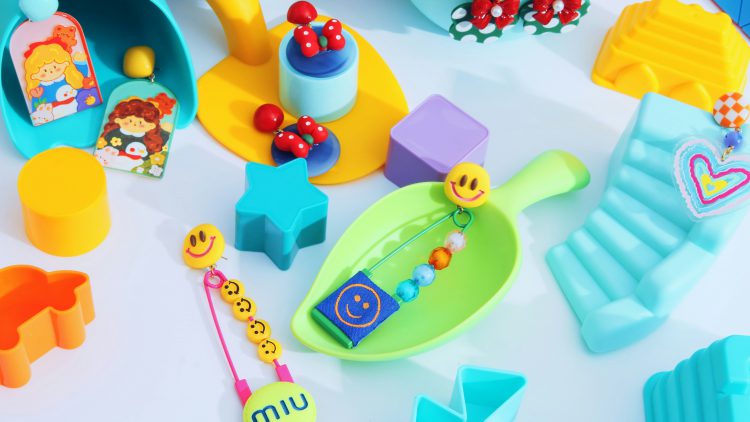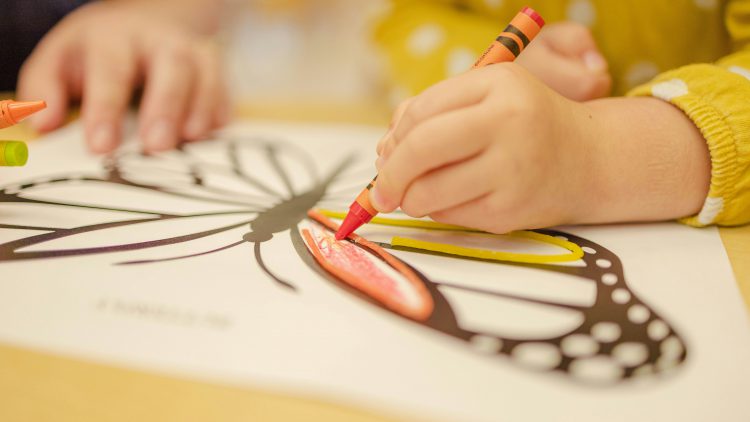Toys are more than just entertainment for young children — they’re tools for learning, discovery, and development. But for babies and toddlers, safety must come first. At this stage, children explore the world with their hands and mouths, making them vulnerable to choking hazards, toxic materials, and sharp edges. In 2025, with more awareness around product safety and sustainability, parents have access to better choices — but knowing what to look for is key.
Here’s a comprehensive guide to choosing safe toys for babies and toddlers, along with recommended types and trusted tips.
1. Understand Age Appropriateness
The first rule of toy safety is choosing items designed for your child’s age group. Manufacturers label toys with age ranges for a reason — these guidelines reflect developmental stages and safety standards.
- Babies (0–12 months) need soft, lightweight toys that stimulate senses without small parts.
- Toddlers (1–3 years) benefit from toys that encourage movement, stacking, sorting, and pretend play — but still require large, durable pieces that won’t break or pose choking risks.
Avoid toys labeled for older children, even if they seem harmless. Small batteries, magnets, or detachable pieces can be dangerous for curious little hands and mouths.
2. Prioritize Non-Toxic Materials
Babies and toddlers chew, suck, and drool on everything. That’s why it’s critical to choose toys made from safe, non-toxic materials.
- Look for labels like BPA-free, phthalate-free, and lead-free.
- Choose natural materials like untreated wood, organic cotton, and food-grade silicone.
- Avoid cheap plastic toys with strong chemical smells or unknown paint sources.
Brands like PlanToys, Green Sprouts, and Hape are known for their commitment to non-toxic, eco-friendly production.
3. Check for Choking Hazards
Choking is one of the most serious risks for children under 3. To prevent it:
- Avoid toys with parts smaller than 1.25 inches in diameter.
- Use a toilet paper roll as a test — if a toy fits inside, it’s too small.
- Watch out for buttons, beads, or detachable eyes on stuffed animals.
Even seemingly safe toys like building blocks or stacking rings should be inspected for loose pieces or wear and tear over time.
4. Choose Durable and Washable Toys
Babies and toddlers are messy — and their toys should be able to keep up.
- Fabric toys should be labeled flame-resistant and machine washable.
- Plastic toys should be sturdy and free of sharp edges or seams that can crack.
- Wooden toys should be sanded smooth and sealed with non-toxic finishes.
Regular cleaning is essential to prevent the spread of germs, especially for toys that go in the mouth or are shared among siblings.
5. Encourage Developmental Growth
Safe toys should also support your child’s growth. Look for items that promote:
- Sensory exploration: rattles, textured balls, musical toys.
- Motor skills: stacking cups, push toys, soft blocks.
- Language and social skills: board books, puppets, pretend play sets.
For example, musical toys like xylophones or shakers help with rhythm and coordination, while soft books with flaps encourage curiosity and early literacy.
6. Avoid Toys with Strings, Cords, or Sharp Edges
Strings longer than 7 inches can pose strangulation risks. Likewise, toys with sharp edges or points should be avoided entirely.
- Skip pull toys with long cords unless they’re designed for toddlers and meet safety standards.
- Avoid toys with metal wires, glass components, or exposed screws.
- Inspect toys regularly for damage — even a cracked edge can become hazardous.
7. Look for Safety Certifications
When shopping, check for safety certifications that indicate a toy meets international standards:
- ASTM F963 (U.S. toy safety standard)
- CE mark (European safety compliance)
- EN71 (European toy safety directive)
- CPSIA compliant (Consumer Product Safety Improvement Act)
These labels show that the toy has passed rigorous testing for flammability, toxicity, and mechanical safety.
8. Recommended Safe Toy Categories
Here are some tried-and-true toy types that are both safe and developmentally beneficial:
| Toy Type | Benefits | Safety Notes |
|---|---|---|
| Soft plush toys | Comfort, emotional bonding | Must be washable and securely stitched |
| Stacking blocks | Motor skills, spatial awareness | Choose large, rounded pieces |
| Sensory balls | Tactile stimulation, coordination | BPA-free, no small parts |
| Board books | Language development | Rounded corners, chew-safe materials |
| Push toys | Gross motor skills, walking support | Stable base, no cords |
| Musical instruments | Rhythm, auditory development | No detachable parts, volume control |
| Activity mats | Tummy time, exploration | Non-slip backing, machine washable |
Final Thoughts
Safe toys are the foundation of joyful, worry-free play. In 2025, with more options than ever, parents can choose toys that are not only fun but also safe, sustainable, and developmentally enriching. By following age guidelines, checking materials, and staying informed, you can create a play environment that supports your child’s growth — without compromising safety.
Remember: the best toy is one that sparks curiosity, invites movement, and brings smiles — all while keeping your little one protected.



